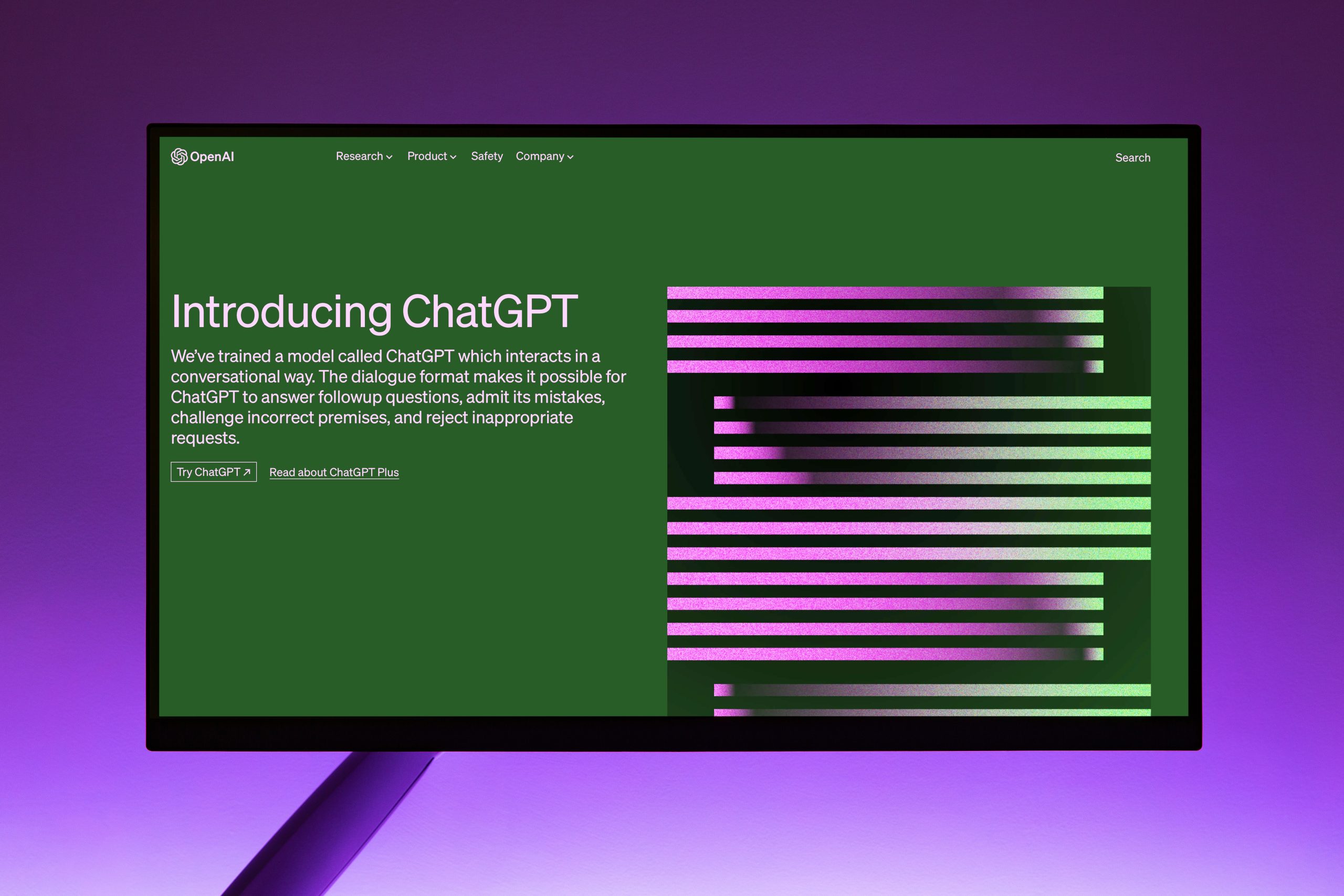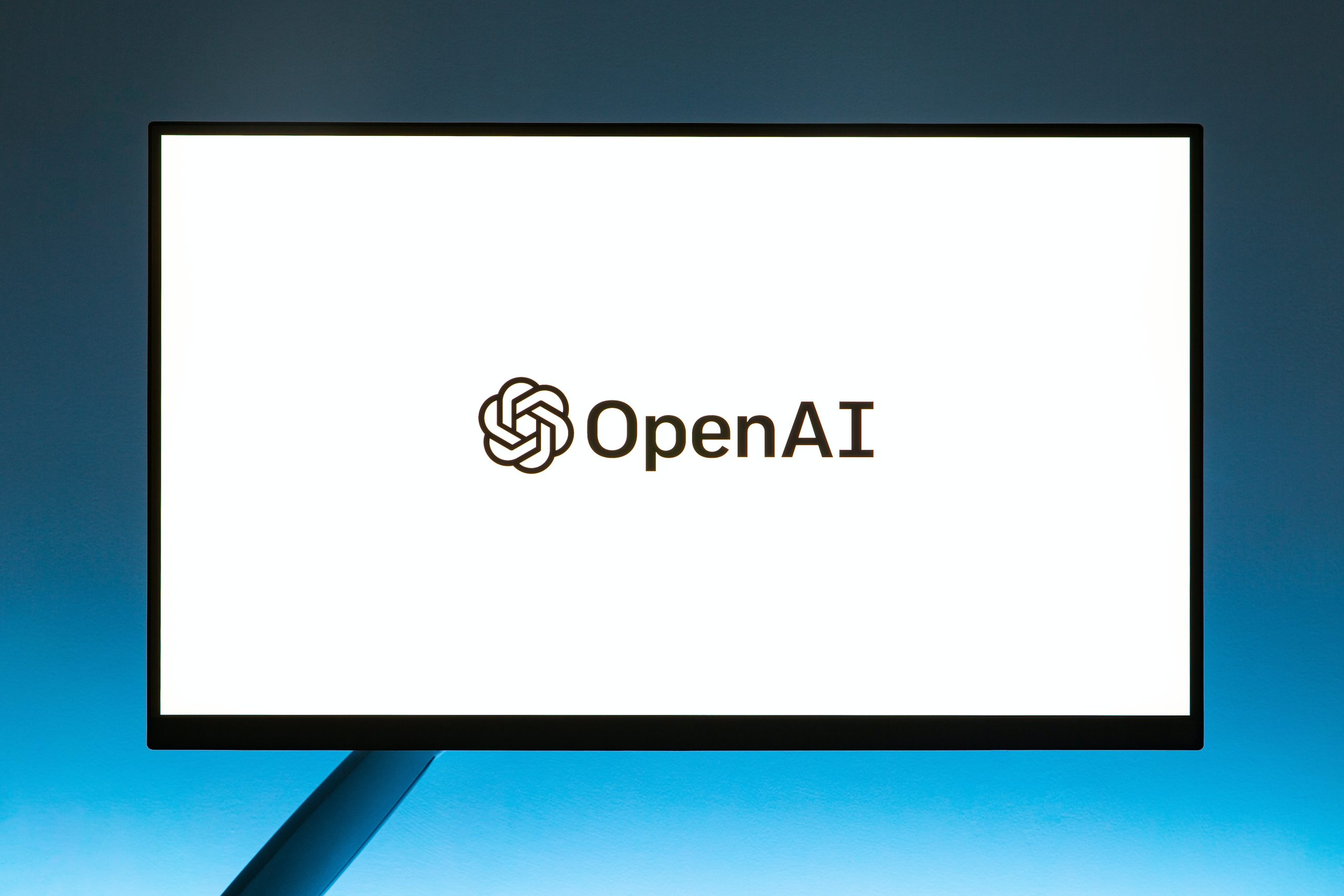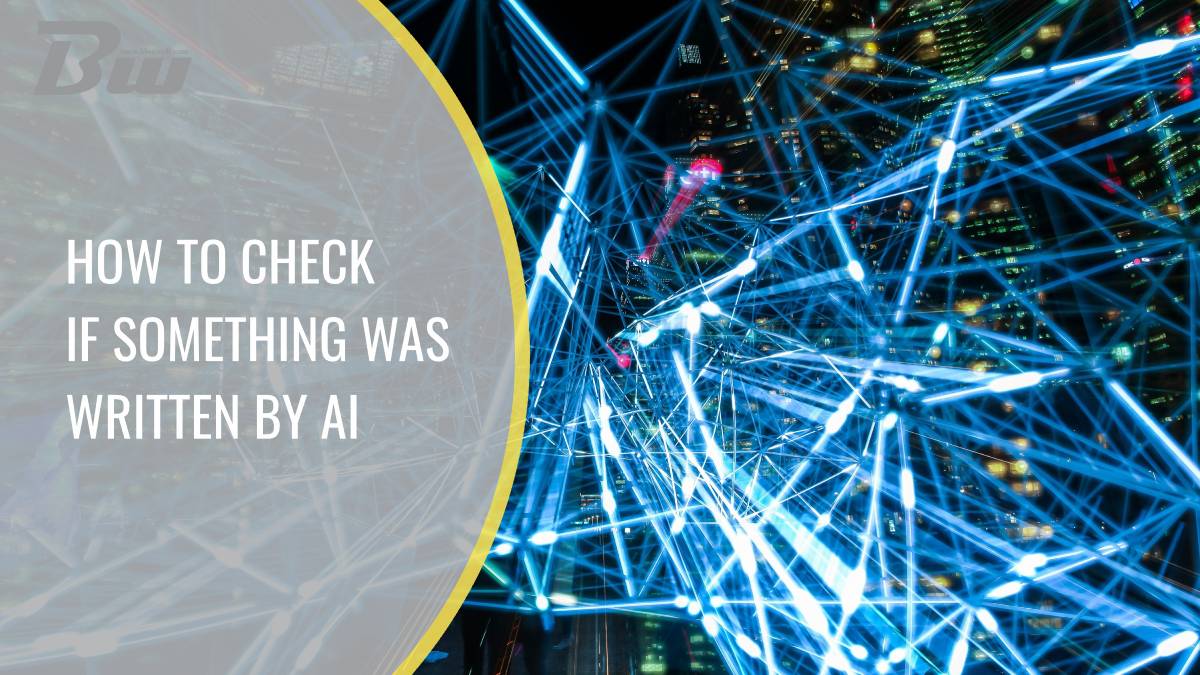Table of Contents
In an era where artificial intelligence is rapidly advancing, it has become increasingly challenging to distinguish between human and AI-generated content. With the rise of automated writing tools and sophisticated language models like GPT-3, the line between human creativity and machine-generated text has blurred. However, being able to differentiate between these two realms is crucial for ensuring authenticity, credibility, and ethical considerations in various fields such as journalism, academia, and marketing. In this article, we will explore effective techniques that can help you identify whether something was written by a human or an AI. So grab your detective hat and get ready to unravel the secrets of AI-generated content!
What is AI and its impact on writing?
AI, or Artificial Intelligence, is revolutionizing the world of writing in ways we never imagined. It has the potential to impact everything from journalism and content creation to literature and storytelling. With AI algorithms becoming more sophisticated every day, machines are now able to generate human-like text that can pass off as genuine writing.
The rise of AI in writing raises important ethical questions. How do we determine if a piece of writing was created by a human or an AI? This question becomes particularly pertinent when considering the implications for plagiarism detection and copyright infringement. As AI algorithms become more advanced, it becomes increasingly difficult for humans to distinguish between machine-generated content and authentic human writing.
Furthermore, although AI can enhance productivity by automating certain aspects of the writing process, it also presents challenges for writers who fear their skills could become obsolete. Will creativity and originality lose its significance when machines are capable of producing high-quality content? While some may argue that machines will never be able to replicate true human emotions and experiences, others believe that with advancements in natural language processing, machines will eventually be able to write just like humans.
In conclusion, AI is undeniably reshaping the field of writing with its ability to generate human-like text. However, as this technology continues to evolve rapidly, it is crucial for us to stay aware of its implications on ethics and authenticity. The impact of AI on writing remains an ongoing exploration into what it means to be a writer in the age of intelligent machines.

Understanding AI-generated text
With the rise of artificial intelligence, AI-generated text has become increasingly prevalent. One of the key challenges when it comes to understanding this type of content is differentiating between human-written and AI-written text. While there are certain clues that can help us identify if something was written by AI, it is important to look beyond surface-level characteristics.
AI-generated text often lacks a personal touch and emotional depth that can be found in human writing. It tends to be highly coherent and concise, with a strong focus on logic and objective information. On the other hand, human writing may contain more nuanced language choices, emotional expressions, and subjective perspectives.
Furthermore, AI-generated text can sometimes exhibit patterns or biases that are indicative of the data it was trained on. For example, if the training data contains biased language or viewpoints, the generated text may also reflect these biases. Therefore, it is crucial to critically analyze and question the sources behind AI-generated content to avoid perpetuating falsehoods or spreading misinformation.
In conclusion, while identifying AI-generated text requires careful examination beyond superficial markers like grammar or coherence; paying attention to elements such as personal touch/emotional depth and biases in individual sentence structuring/content selection is necessary for effective identification. By being mindful of these factors when encountering AI-written content online or offline; we can better understand its limitations as well as harness its potential benefits responsibly without falling prey to misinformation or biased narratives promoted through this form of automated writing.
Characteristics of AI-written content
When it comes to AI-written content, there are several key characteristics that can help you identify if a piece of writing was created by a machine. First and foremost, AI-generated content tends to lack the personal touch and human emotion often found in human-written texts. These pieces often come across as clinical and impersonal, lacking the nuances and subjective perspectives that humans bring to their writing.
Another characteristic of AI-written content is its consistency. Machines can churn out massive amounts of text with remarkable speed, resulting in a consistent tone and style throughout the entire piece. While this may seem like a positive trait at first glance, it can also be a giveaway that the writing is not human-generated. Humans make subtle changes in their writing style depending on various factors such as mood or audience engagement, giving their work a more dynamic feel.
Additionally, one distinguishing feature of AI-written content is the absence of cultural references or up-to-date knowledge. Although artificial intelligence algorithms have access to vast amounts of information, they lack contextual understanding that humans possess. This means that while AI-written articles may contain accurate facts and figures, they are unlikely to incorporate current events or popular culture references into their narratives unless explicitly instructed to do so.
Recognizing these qualities can help you become more informed when assessing whether something has been written by AI or by humans themselves.

Tools and methods for checking AI involvement
One of the most common tools used to determine if something was written by AI is using plagiarism detection software. While humans might make stylistic choices that are unique to them, AI tends to rely on algorithms and pre-existing data for generating content. By comparing a piece of writing with existing sources, this software can identify similarities or exact matches, indicating whether an AI system may have been involved in its creation.
Another method is analyzing the structure and coherence of the text. Although AI has become impressively skilled at mimicking human language, it often struggles with maintaining logical flow and coherent reasoning throughout a piece of writing. Humans tend to inject personal experiences, emotions, or subjective perspectives into their work, which are more challenging for AI models to replicate convincingly. Assessing these aspects can provide valuable clues about the involvement of human writers versus AI.
In addition to these techniques, experts recommend using knowledge-based tests that target specific areas where AI might struggle. This involves asking questions or providing prompts related to complex topics that require deep understanding or abstract reasoning. A genuine human writer would likely provide nuanced responses based on their own knowledge and experiences, while an AI system would potentially produce generic answers based on patterns it has learned from training data.
By employing a combination of plagiarism detection software analysis and knowledge-based testing methods, individuals can gain insights into whether a piece of writing was authored entirely by humans or partially aided by AI systems.
Analyzing patterns and inconsistencies in writing
Analyzing patterns and inconsistencies in writing can be a powerful tool in identifying whether something was written by AI or a human. When examining a piece of writing, pay close attention to the coherence of ideas and how well they flow together. AI-generated content often lacks a natural progression from one point to the next, resulting in abrupt transitions or disjointed arguments.
Another aspect to consider is the style and tone of the text. Humans tend to have unique writing styles that reflect their personality and voice, whereas AI-generated content may exhibit a more formulaic approach with little variation. Inconsistencies in diction, vocabulary choice, or grammar can also provide clues about the authenticity of the author. These inconsistencies may manifest as sudden shifts in word usage or unnatural constructions within sentences.
By carefully scrutinizing patterns and inconsistencies in writing, we can bring forth valuable insights on whether something was written by AI. This skill is particularly crucial in an age where deepfake texts are becoming increasingly sophisticated at mimicking human language.

Human verification through context and logic
Human verification through context and logic is a crucial aspect of determining if something was written by AI. While AI technology has advanced significantly in recent years, it still struggles to mimic human reasoning and understanding. One way to identify AI-generated content is to analyze the context of the writing. Humans have a deep understanding of cultural norms, historical events, and societal nuances that shape our language and writing style. By examining the content for inconsistencies or lack of contextual awareness, we can detect whether it was generated by a machine.
Another method to verify the authenticity of written content is through logical reasoning. Humans possess a unique ability to think critically and evaluate information based on logical principles. A key indicator of AI-generated content is its inability to demonstrate this level of logical coherence consistently. Human writers typically present arguments with sound reasoning, clear premises, and valid conclusions. Identifying logical fallacies or inconsistencies within an article can provide strong evidence that it was not written by a human.
In conclusion, when determining if something was written by AI, analyzing the contextual understanding and logical coherence are essential factors that highlight the limitations of machines in replicating human intelligence. Exploring these aspects helps us distinguish between artificial generative text and authentic human-authored content effectively. As AI continues to evolve, maintaining vigilance in verifying the origins of written material becomes increasingly important for ensuring transparency and preserving trust in digital platforms.
Conclusion: Enhancing critical evaluation skills for readers
In conclusion, enhancing critical evaluation skills is crucial for readers in the era of AI-generated content. As technology advances, it becomes increasingly difficult to discern between human and AI-written texts. It is necessary for readers to sharpen their ability to critically evaluate information and identify signs of AI-generated content.
One way to enhance critical evaluation skills is by examining the language and style used in the text. AI-generated articles often lack natural flow and have a mechanical tone. They may also contain generic phrases or repetitive patterns that are characteristic of machine-generated content. By analyzing these aspects, readers can detect subtle clues that indicate the presence of artificial intelligence.
Additionally, fact-checking and cross-referencing information are essential practices in evaluating the reliability of digital content. This includes conducting thorough research on the author or source of the article, verifying any claims made with reliable sources, and comparing multiple perspectives on a topic. By taking these steps, readers can equip themselves with tools to separate genuine human-authored work from AI-produced texts.
Overall, as artificial intelligence continues to reshape various industries including journalism and content creation, developing strong critical evaluation skills is crucial for readers to navigate this new media landscape effectively. By being vigilant and honing their ability to distinguish between human-authored and AI-generated texts, individuals can make informed decisions about whether they should accept or question the information presented before them.

